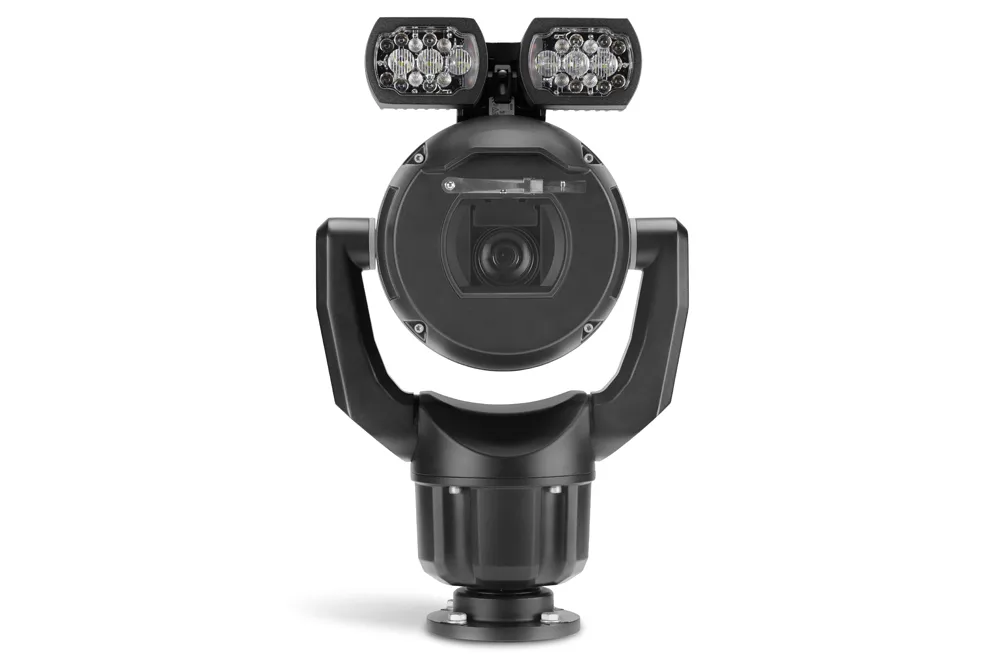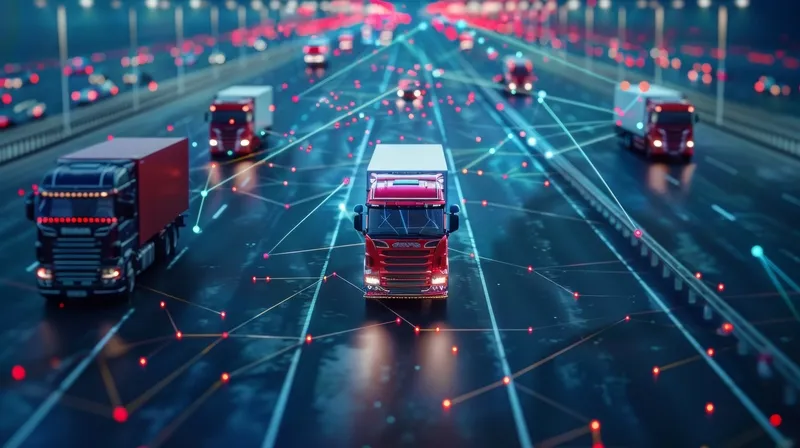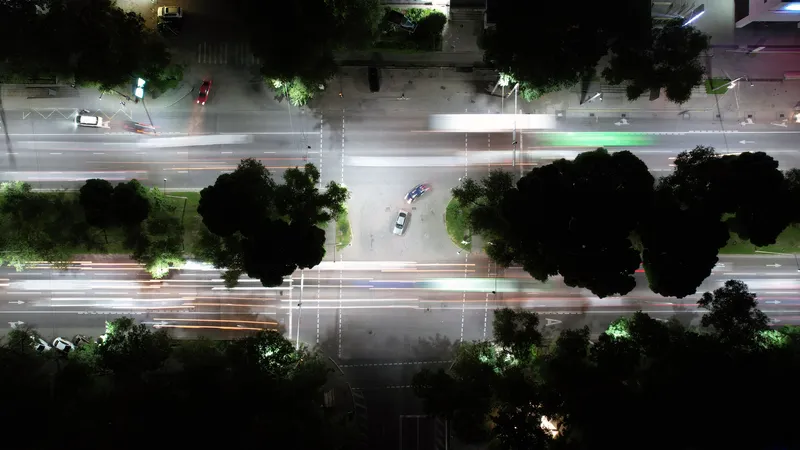
Bosch has introduced cameras powered by the edge computation capabilities of the Inteox platform which it says are specifically made for ITS applications.
The MIC inteox 7100i object classification (OC) models offer a traffic detector, an additional video analytics feature based on deep neural networks (DNN) that helps distinguish and classify automobiles in congested scenes.
The company insists possible disturbances caused by vehicle headlights or shadows are ignored, uncovering new ways to improve mobility, safety and efficient use of roadways.
The actionable insights delivered by the cameras’ traffic detector help detect the presence and volume of vehicles to intelligently control traffic lights to keep traffic flowing when monitoring intersections, the company adds.
According to Bosch, these insights can also enhance automatic incident detection solutions to improve the safety of people and vehicles in tunnels and on highways.
Future OC models planned for June 2021 will expand upon these DNN-based features offering greater granularity of data when generating actionable insights for various traffic applications.
The new MIC Inteox cameras share the same characteristics as the rest of the MIC camera range, including robust housing and high-quality imaging, and support predictive solutions with machine learning, neural network based video analytics, and third-party software apps for customised applications.










